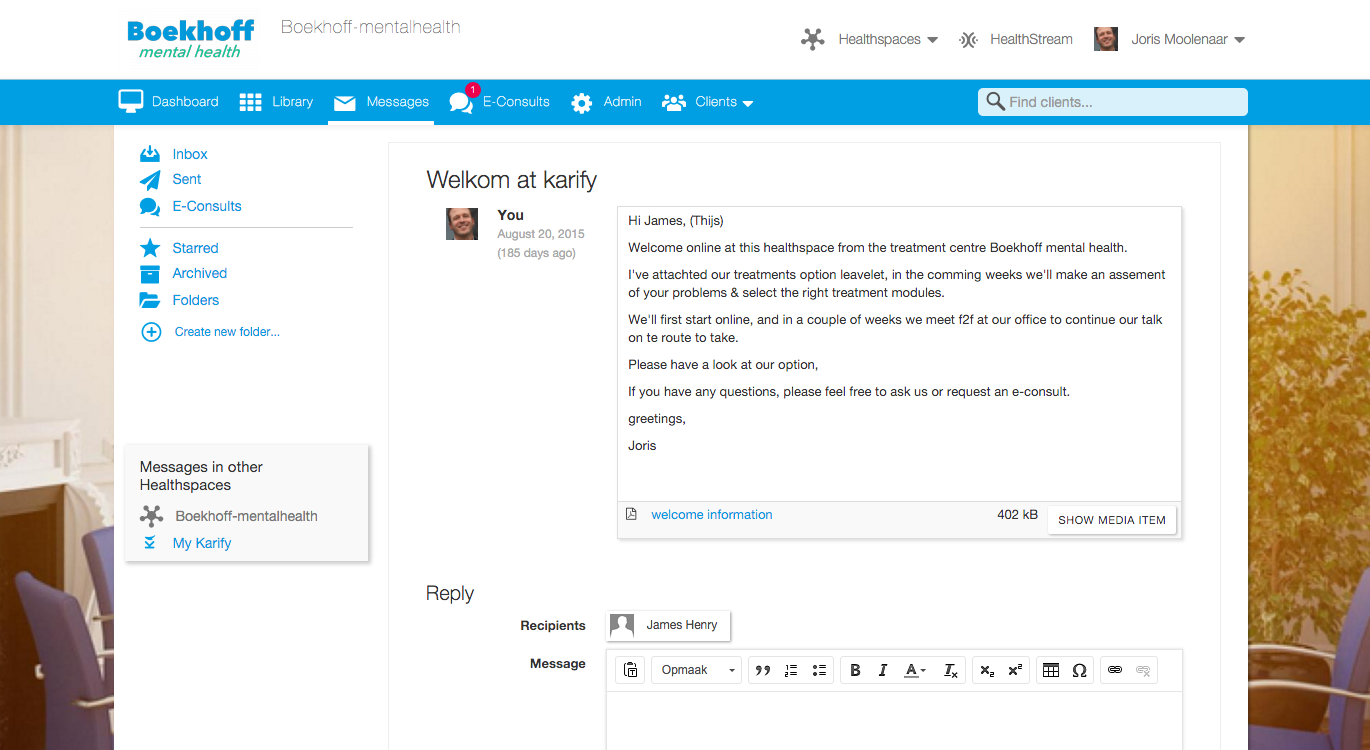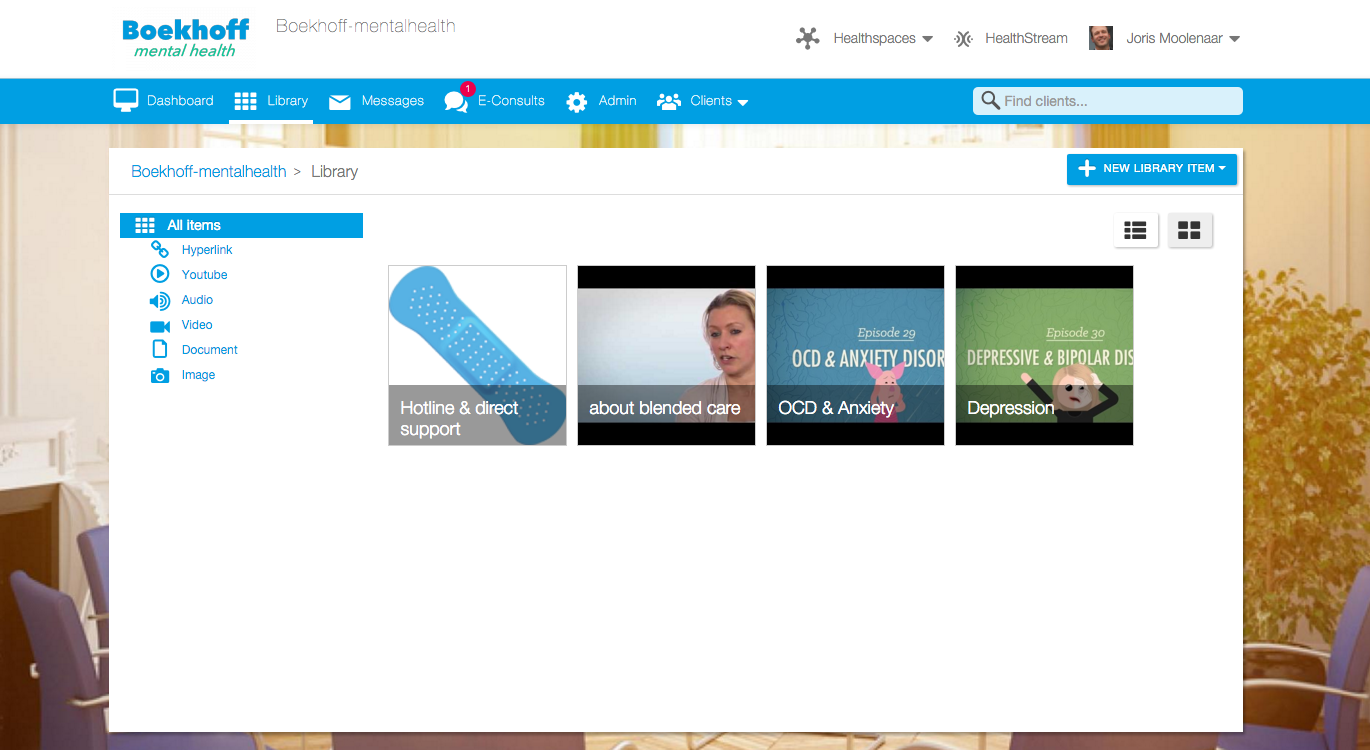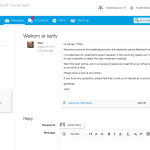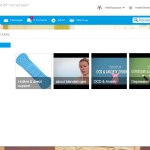Panic Disorder
Help your patients control their symptoms of anxiety and / or panic with the module Panic Disorder. Using this module, your patient will map his anxiety and / or panic symptoms and learns to understand the origin of his complaints. Your patient is introduced to different relaxation techniques and gradually learns to confront inner physical Henriëtta Dijkstra
Henriëtta DijkstraTreatment Manager
Contains relaxation and exposure exercises.
Target audienceYoung adultsAdultsElderly people- Description
- Traits
- Contents
Help your patients control their symptoms of anxiety and / or panic with the module Panic Disorder. Using this module, your patient will map his anxiety and / or panic symptoms and learns to understand the origin of his complaints. Your patient is introduced to different relaxation techniques and gradually learns to confront inner physical sensations. Together with your patient, you will work on correcting anxious thoughts with behavioral experiments and writing a relapse prevention plan.
- Set up in 4 phases
- Based on cognitive behavioral therapy
- Usable both online and blended
- Alternate with face-to-face contacts
- Provide online feedback
- One-on-one contact via secure messages
- Use for an unlimited number of patients
The module Panic Disorder consists of 4 phases:
- Phase 1: Understanding my problems
The patient describes his complaints, personal situation and goals. Furthermore, information is offered to the patient about the origin and consequences of anxiety and panic. The patient will monitor his anxiety and/or panic symptoms on a weekly basis.
- Phase 2: Experiencing
The patient works on different relaxation exercises, exposure to physical sensations (interoceptive exposure) and exposure to anxiety evoking situations (exposure in vivo).
- Phase 3: Changing your thoughts
Attention is paid to the way someone interprets physical sensations. These thoughts are then challenged and changed.
- Phase 4: Looking ahead
This is the final phase of the treatment. The patient works on relapse prevention.





